Disclosure: This article contains affiliate links. We may earn a commission from purchases at no extra cost to you, which helps our travel content.
There are moments when travel transcends the ordinary and becomes something profound – my week in Funafuti was exactly that. As someone who's grown up between Paris and Philadelphia, with roots stretching from France to Senegal, I've developed an appreciation for destinations that exist at cultural crossroads. But nothing prepared me for Tuvalu, a nation literally at the crossroads of existence and extinction. C'est un endroit extraordinaire – a place where time seems suspended between the traditional Pacific way of life and the looming reality of climate change. When I told friends I was heading to this remote atoll in the South Pacific, most asked 'Tuvalu? Where's that?' Exactly the response that confirmed I'd chosen correctly. After all, the most meaningful travel experiences often exist beyond the well-trodden path, non?
Getting to the End of the World (Almost)
Let's be honest – reaching Funafuti is half the adventure. After a series of increasingly smaller planes, I found myself aboard a Fiji Airways propeller aircraft making the final two-hour journey from Suva. The twice-weekly flight schedule demands careful planning, but the moment the scattered islets of Funafuti Atoll appeared below like emerald confetti on azure velvet, I knew every connection was worth it.
The landing strip occupies a significant portion of Fongafale (Funafuti's main islet), and touching down feels surreal – ocean on both sides, barely 400 meters of land width between them. The airport's casual nature is your first taste of Tuvaluan life – no formal immigration booths, just friendly officials processing arrivals in what feels like someone's living room.
I stayed at the Filamona Moonlit Lodge, a modest but comfortable guesthouse run by a local family. While luxury travelers might find accommodations basic, what it lacks in amenities it makes up for in authenticity and location – just steps from the lagoon with unforgettable sunset views. The family-style meals featuring fresh-caught fish became nightly highlights, especially when shared with the handful of other travelers passing through.
Navigating Funafuti without rental cars means embracing motorbike taxis or walking – and at just 12km long but incredibly narrow, the main islet is perfect for exploration on foot. The absence of typical tourist infrastructure is precisely what makes this place special.

💡 Pro Tips
- Book flights well in advance – Fiji Airways operates only two weekly flights to Funafuti
- Bring sufficient cash (AUD is widely accepted) as ATM access is limited and credit cards aren't widely used
- Pack light but include reef-safe sunscreen, as it's difficult to find locally
The Beaches That Time Forgot
If you've grown accustomed to Southeast Asia's crowded shores or the manicured beaches of the Caribbean, Funafuti will reset your expectations. Here, beach perfection exists without the infrastructure typically accompanying it – no resorts, no beach clubs, no vendors. Just you, the sand, and an almost uncomfortable level of beauty.
The western side of Fongafale faces the massive lagoon, where the water displays a palette of blues I previously thought only existed in heavily-filtered Instagram posts. For the most secluded experience, arrange a boat trip to the conservation area on the eastern side of the atoll. I spent a day with a local fisherman who took me to uninhabited islets where the only footprints in the sand were the ones I made.
One morning, I cycled south along the main road to Te Namo, a stretch of beach where the island narrows dramatically. Standing there with water on both sides, watching the sunrise over the Pacific while simultaneously seeing it reflect in the lagoon behind me, was a moment of pure geographic magic.
Snorkeling here offers an intimate look at marine ecosystems still largely intact. My full-face snorkel mask was perfect for extended exploration of the coral gardens just offshore. The clarity of the water means even novice snorkelers can enjoy spectacular visibility and abundant marine life without venturing too far from shore.
What makes these beaches particularly poignant is knowing they're under existential threat. With most of Tuvalu sitting less than two meters above sea level, rising oceans aren't some distant concern but a present reality reshaping the nation's future.
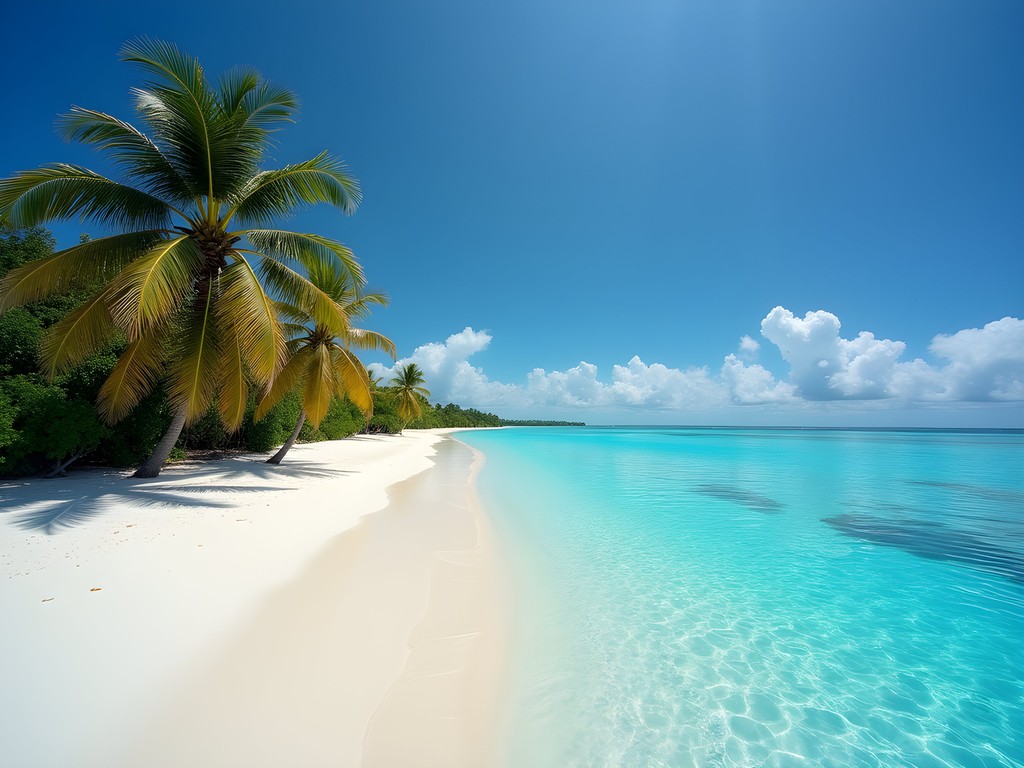
💡 Pro Tips
- Respect local customs by wearing modest swimwear away from secluded beaches
- The conservation area requires a small permit fee that helps fund local environmental efforts
- Bring reef shoes for protection against sharp coral when wading
Living Like a Local in Fongafale
The true charm of Funafuti isn't just its natural beauty but its people and their resilient way of life. With barely 6,000 inhabitants, Tuvalu is one of the world's least visited countries, meaning tourism hasn't altered daily rhythms in the way it has elsewhere in the Pacific.
My mornings began with walks along the airstrip – yes, the airstrip – which doubles as a community space when flights aren't scheduled. Children play soccer, families picnic, and motorcyclists use it as the island's widest thoroughfare. This dual-purpose infrastructure is ingenious adaptation to limited land.
The Tuvalu Government Building offers insight into how this micro-nation functions, while the Philatelic Bureau is a must for anyone interested in the country's famous stamps – tiny artistic ambassadors that have long represented Tuvalu to the outside world.
Food in Funafuti is dictated by what's locally available. The Taiwan Compound hosts a small farmer's market where I purchased papayas and bananas. For prepared meals, small family-run eateries serve simple but delicious dishes centered around fresh fish, taro, and coconut. The water filter bottle I brought proved essential, as plastic waste management is a significant challenge for the island.
What surprised me most was the evening social life. As the heat subsides, the waterfront transforms into an informal gathering space. Near the government buildings, locals play volleyball on beachside courts while others fish from the shore. I was repeatedly invited to join family gatherings, where the concept of 'stranger' seemed nonexistent. These spontaneous cultural exchanges – sharing stories over fresh coconuts as children practiced traditional dances nearby – became the soul of my Funafuti experience.
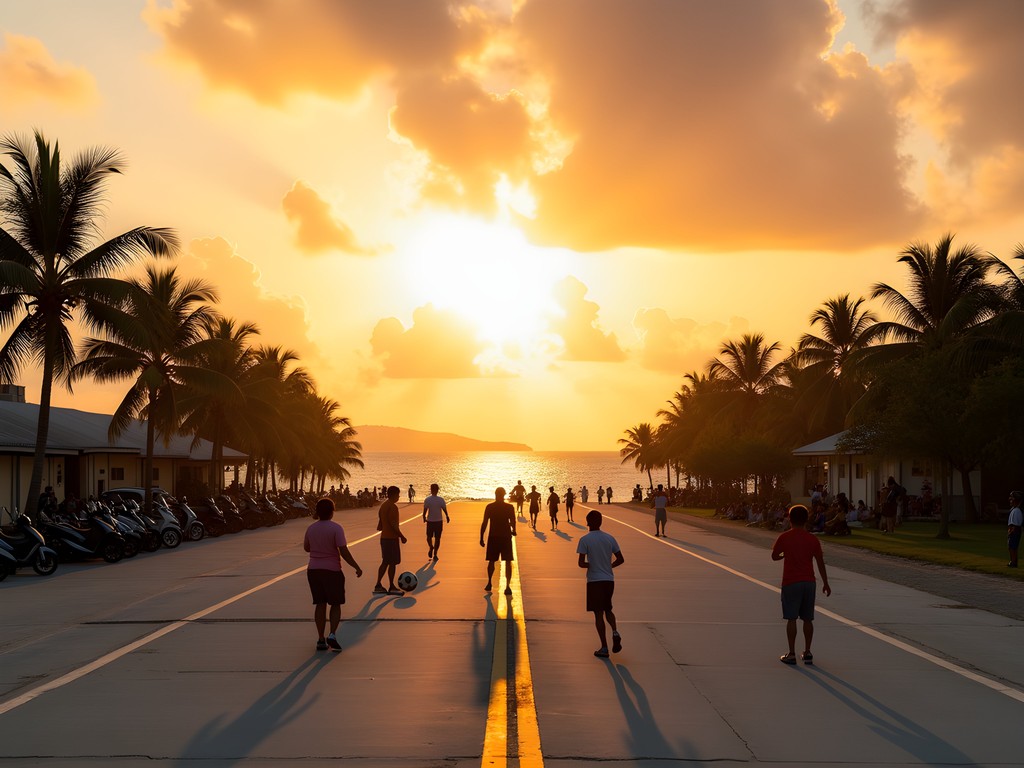
💡 Pro Tips
- Learn basic Tuvaluan phrases – even simple greetings earn appreciative smiles
- Respect the Sunday quiet – most activities pause for church and family time
- Bring small gifts from home to share with hosts and new friends
Island Hopping by Local Boat
While Fongafale offers plenty to explore, Funafuti is actually an atoll of 33 islets encircling a spectacular lagoon. Arranging transportation between these fragments of land requires local connections rather than established tourist services – perfectly aligned with the adventure-seeking solo traveler's approach.
Through my guesthouse owner, I connected with Semu, a fisherman who occasionally takes visitors to outer islets in his aluminum boat. For about $70 AUD, he became my guide for a full day of island exploration. We visited Tepuka, an uninhabited islet with beaches that redefined my understanding of seclusion, and Funafala, where a small community lives much as they have for generations.
The journey itself was as memorable as the destinations – skimming across the lagoon's glass-like surface, watching flying fish scatter before the bow, and hearing Semu's stories of growing up in a place where the ocean dictates all aspects of life. My waterproof backpack protected my camera equipment during occasional spray from the choppy sections.
On Funafala, I was invited to a traditional lunch of fresh fish wrapped in banana leaves and cooked underground. The community here lives largely off-grid, using solar panels for minimal electricity and collecting rainwater for drinking. Their relationship with the environment isn't philosophical but practical – a daily negotiation with the natural world that sustains them.
What struck me most was the islanders' relationship with climate change. They spoke of it not in abstract future terms but as a present reality – pointing to coconut trees now standing in saltwater and former garden plots surrendered to the sea. Their matter-of-fact resilience in the face of such existential challenges was both inspiring and heartbreaking.
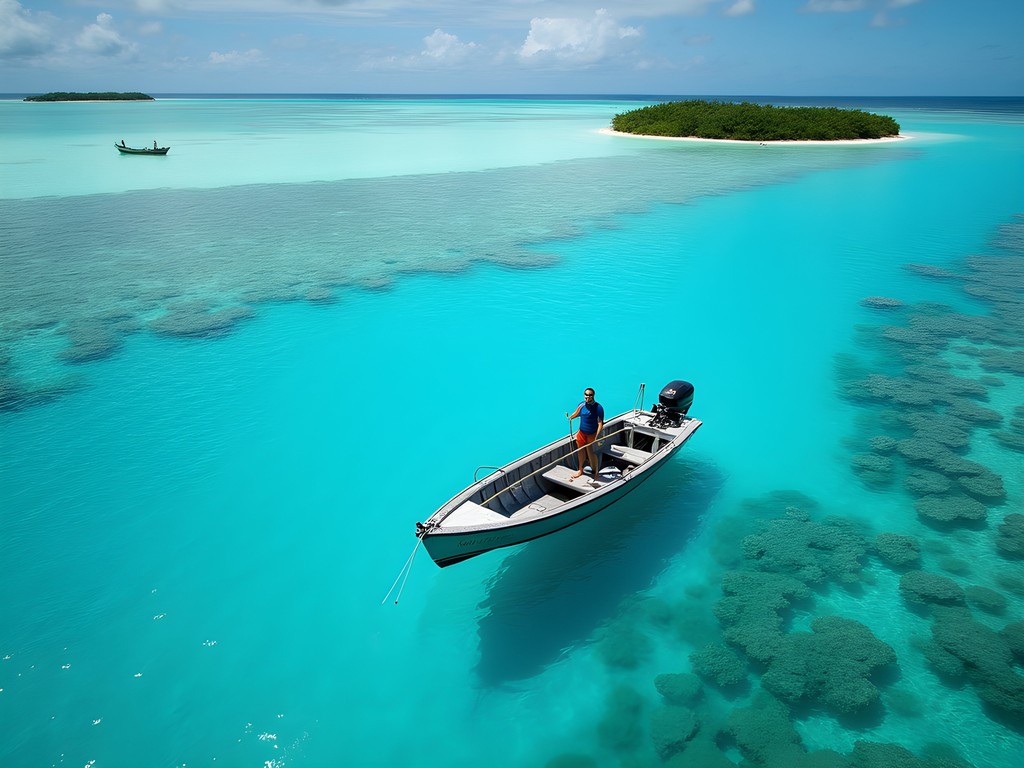
💡 Pro Tips
- Arrange boat trips through local connections rather than trying to find 'official' tour operators
- Bring gifts of practical items like fishing supplies or children's books when visiting outer communities
- Pack all necessities for day trips as there are no facilities on most islets
Confronting Climate Change in Paradise
It's impossible to write about Tuvalu without addressing climate change – not as a political stance, but as the unavoidable reality shaping every aspect of life here. The nation's highest point sits barely three meters above sea level, making it one of the world's most vulnerable countries to rising oceans.
Evidence is everywhere once you know what to look for: abandoned gardens now too salty to support crops, concrete seawalls protecting community buildings, and elaborate rainwater collection systems addressing freshwater contamination from seawater intrusion.
I spent an afternoon with a local environmental activist who showed me 'pulaka pits' – traditional taro growing areas now abandoned due to saltwater intrusion. Nearby, newly planted mangroves represent adaptation efforts to prevent coastal erosion. The juxtaposition of traditional life and climate adaptation creates a place suspended between cultural preservation and necessary evolution.
What surprised me most was the absence of despair. Despite international media often portraying Tuvaluans as helpless victims of climate change, I found a community actively engaging with their future. At the Climate Change Department office, I learned about Tuvalu's digital nation project – an effort to preserve national sovereignty and cultural identity regardless of physical territory.
The government's position that Tuvaluans wish to remain in their homeland rather than become climate refugees challenges the simplistic narrative often presented abroad. This complexity – fighting for both adaptation and global climate action simultaneously – reflects a nuanced approach to an existential threat that the rest of the world would do well to understand.
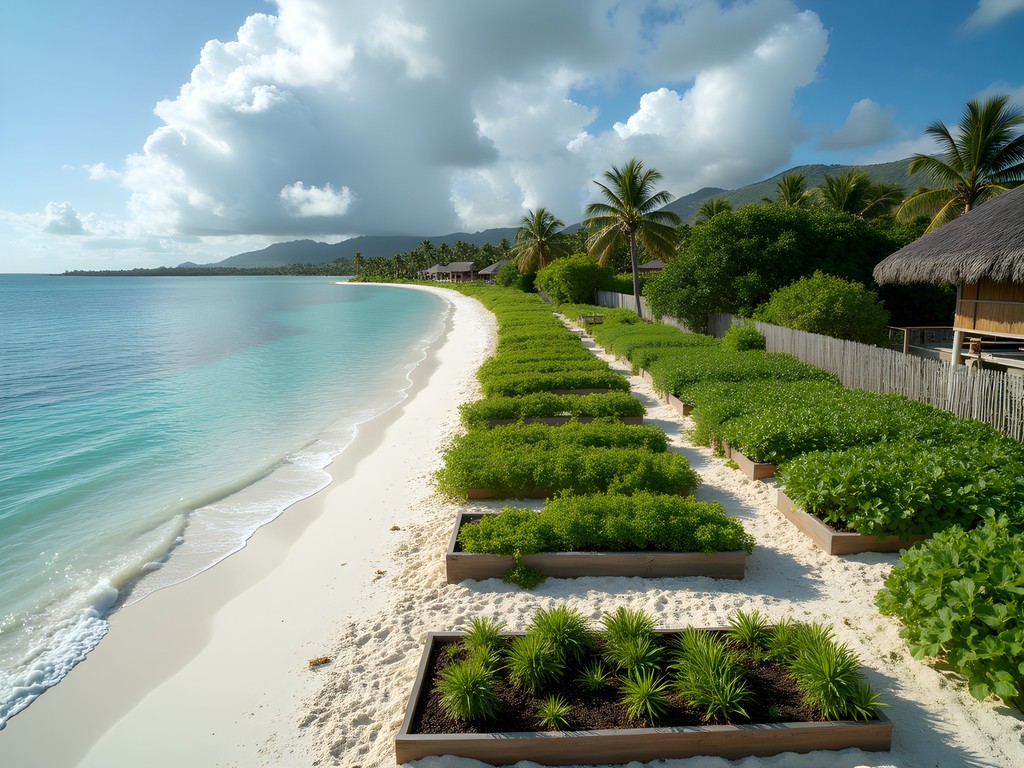
💡 Pro Tips
- Visit the Climate Change Department to understand local adaptation efforts
- Ask permission before photographing climate change impacts on private property
- Support local environmental initiatives through direct donations rather than just 'disaster tourism'
Final Thoughts
As my small plane lifted off from Funafuti's narrow airstrip, I pressed my face against the window to capture one last aerial view of this improbable paradise. The question lingering wasn't if I would return, but whether return would remain possible in the coming decades. Tuvalu offers something increasingly rare in our hyper-connected world – a place where genuine cultural exchange happens organically and where nature's beauty remains unpackaged for mass consumption. Yet this isn't just another 'see it before it's gone' destination; it's a place demanding we consider our collective responsibility to the planet and to vulnerable communities at the frontlines of climate change. If you make the journey to these shores, come with respect, humility, and a willingness to listen to the stories of those who call this threatened paradise home. Tuvalu e maeva – may Tuvalu live long.
✨ Key Takeaways
- Tuvalu offers an increasingly rare opportunity to experience genuinely untouched beaches and authentic Pacific island culture
- Climate change isn't an abstract concept here but a daily reality reshaping life on the atoll
- The most meaningful experiences come through connecting with locals rather than seeking traditional tourist attractions
📋 Practical Information
Best Time to Visit
May to November (dry season)
Budget Estimate
$150-200 USD/day including accommodation, meals, and activities
Recommended Duration
5-7 days
Difficulty Level
Challenging








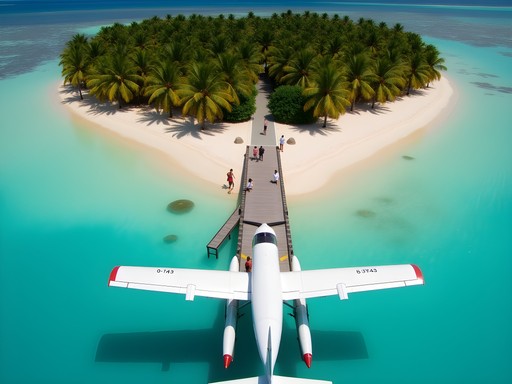
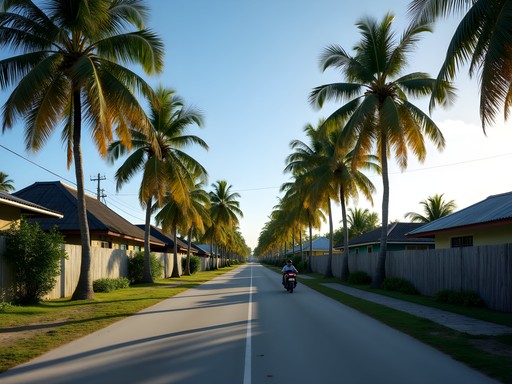
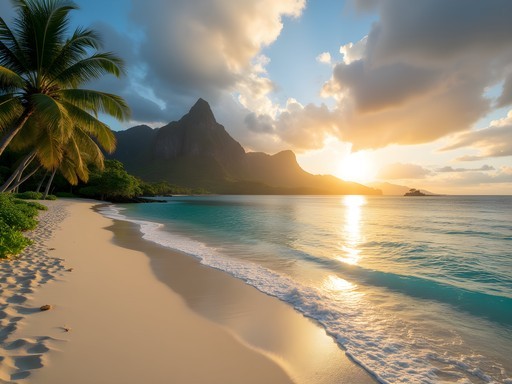
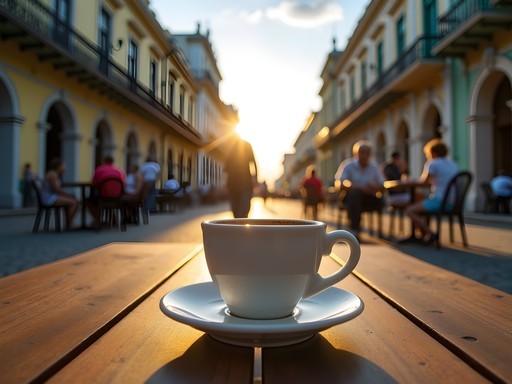
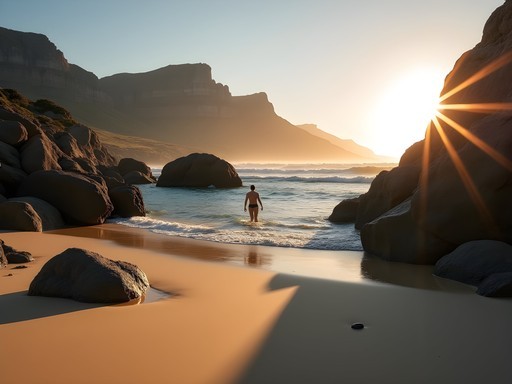
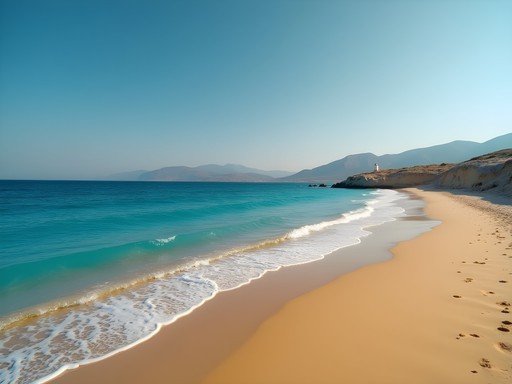
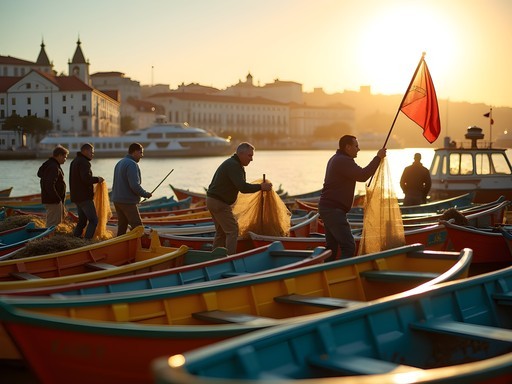

Comments
beachlover
Just got back from Funafuti last month and can confirm everything Ryan wrote! The beaches are exactly as pristine as described. We stayed at Filamona Moonlight Lodge which I'd highly recommend - simple but the family who runs it made our stay special. One tip: bring reef-safe sunscreen as it's hard to find there and the sun is INTENSE. The conservation area on the western side is a must-visit. We spent hours snorkeling there and saw more fish species than I could count. And yes, the signs of rising sea levels are everywhere - really puts things in perspective.
traveltime
Thanks for the accommodation tip! Adding it to my list for when I visit.
traveltime
Your post has me seriously considering Tuvalu now! Never thought about going there before. The part about climate change affecting the islands is heartbreaking though. Did you notice any conservation efforts while there?
coffeechamp
Those beaches look incredible! How's the wifi situation there? Need to stay connected for work.
beachlover
Not the author but I was there last year - wifi is pretty spotty! You can get a local SIM at the airport which works better than most accommodation wifi. Just don't expect high speeds.
coffeechamp
Good to know, thanks for the tip! Might need to prepare my boss for some delayed emails lol
Sage Dixon
This post brought tears to my eyes, Ryan. Having Philly roots myself, I felt connected to your perspective. I spent two weeks in Tuvalu documenting coastal erosion for a climate project last year. The juxtaposition of paradise and peril is overwhelming. For those planning to visit, please consider how you can give back to this community. I volunteered with a local school for three days, and it was the highlight of my trip. The kids are so curious about the outside world. Also, that local boat hopping experience you described is magical - just make sure to bring motion sickness remedies if you're prone to it. Those waters can get choppy between the motus!
luckylover
How's the internet there? Can you still post to Instagram? 😂
hikinglife
When I was there it was painfully slow but worked enough to send basic messages. Made for a nice digital detox though!
Douglas Bradley
Ryan, this piece really resonated with me. I visited Funafuti in early 2024 and was similarly struck by the paradox of such beauty existing alongside such vulnerability. The climate crisis is painfully tangible there. Your description of staying with locals in Fongafale brought back memories - that genuine hospitality is unmatched anywhere else I've traveled. Did you have a chance to attend any community events? I was fortunate to witness a traditional dance ceremony that completely changed my understanding of Tuvaluan culture. Also, your aerial photos are stunning - what equipment were you using?
Ryan Roberts
Thanks Douglas! I did catch a small community gathering at the maneapa (meeting house) - truly special. For the aerial shots, just my trusty drone which was perfect for the island conditions. The locals were fascinated by it!
explorerider6511
Amazing post! How difficult was it to arrange the island hopping boats? Planning a trip in October and wondering if I should book in advance.
Ryan Roberts
Thanks! No need to book in advance - just ask at your accommodation when you arrive. The locals are super helpful and arrangements are pretty informal. Just be flexible with timing as it depends on weather and availability.
explorerider6511
Perfect, thanks for the quick response! Can't wait to experience it myself.
Haley Hamilton
Ryan, this post really hit home. I visited Funafuti in 2023 and was struck by the same paradox - such breathtaking beauty in a place that's literally fighting for survival. The locals I met were so resilient despite knowing what's coming. For anyone planning to visit, I highly recommend bringing a good waterproof camera - I used my underwater camera for those crystal clear lagoon shots. Also, pack light but bring everything essential - there's virtually nowhere to buy supplies once you're there. Did you make it to the Conservation Area on the western rim? Those coral formations were unlike anything I've seen elsewhere in the Pacific.
luckylover
Is it really that isolated? No stores at all?
Haley Hamilton
There are small shops with basics, but selection is extremely limited. Bring any specific items you need (medications, favorite snacks, etc). The isolation is part of what makes it special!
travelmaster5157
Those beaches look incredible! Added to my bucket list!
hikinglife
I visited Funafuti last year and it was exactly as you described - a place that feels untouched by time. That boat trip to the outer motus was the highlight for me too. Did you get to try the traditional Tuvaluan dance? The locals invited us to participate and it was both embarrassing and amazing! Your post brought back so many memories. Did you have any issues with the limited accommodations? We struggled to find somewhere decent to stay.
Venture X
Premium card with 2X miles, $300 travel credit, Priority Pass